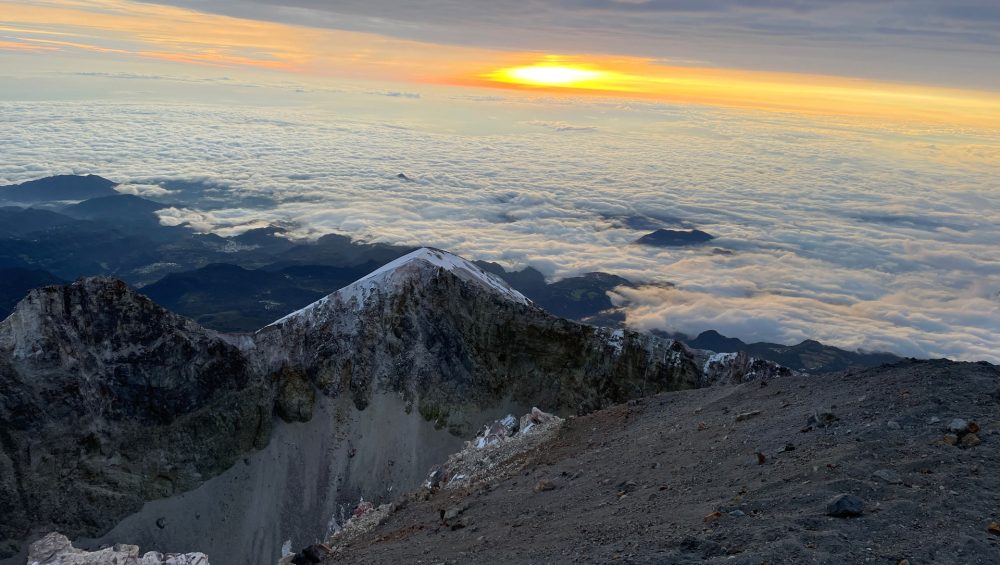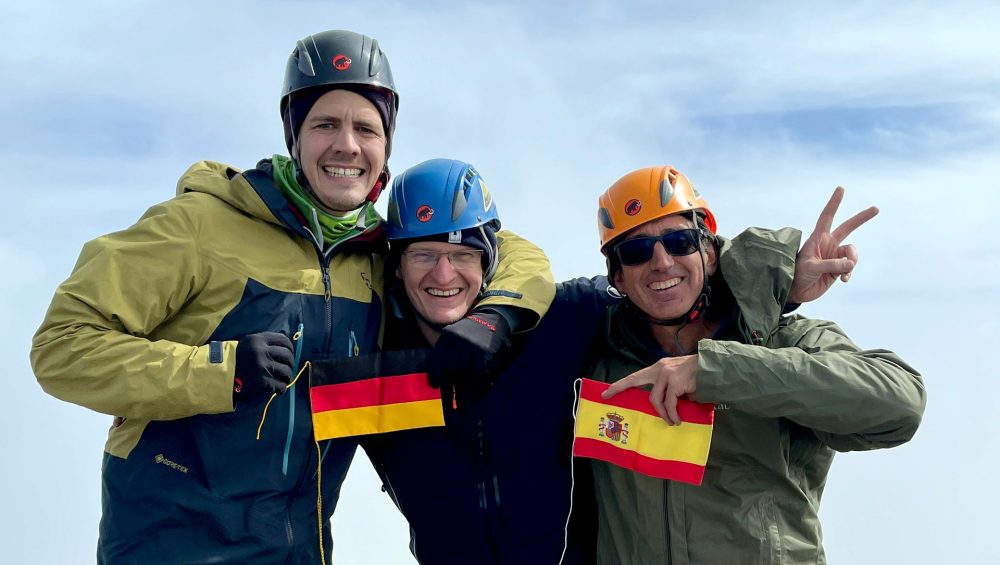Poles, our great ally in the mountains
The use of poles offers many advantages. What are the benefits of using poles?

Reduction of the workload
Several studies prove that the reduction of the load on the legs during ascents is around 14%, while during descents it is around 20%. Therefore, the use of poles allows us to prevent muscle injuries in the joints, specifically in the knees.
Balance
Our balance improves because we have four points of support.The probability of falling decreases, especially on descents, and therefore increases our safety.
Performance
All this translates into better performance: we save forces that will allow us to complete our ascents or expeditions.
Upper Body
Naturally, the use of poles means a slight increase in effort in the upper body, if you use a good "poling" technique. The poles are not designed to be leaned on with our full weight.
Technique
If we observe experienced climbers, we will see how the pole "accompanies" their movement, resulting in a harmonious step, in which the poles are an extension of their arms.
Conclusion
A climber who uses poles regularly will be in much better condition at the end of his career than one who has not used them.






